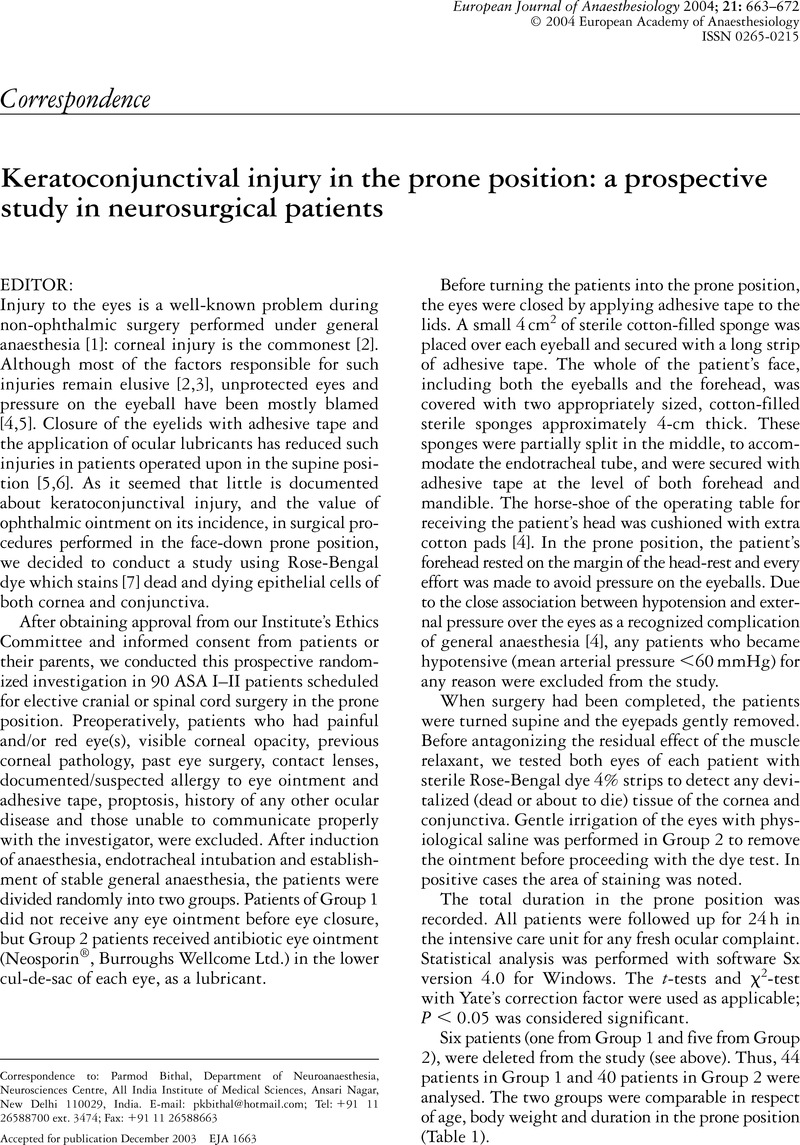Crossref Citations
This article has been cited by the following publications. This list is generated based on data provided by Crossref.
Newmark, Jordan L.
and
Sandberg, Warren S.
2011.
The MGH Textbook of Anesthetic Equipment.
p.
72.



